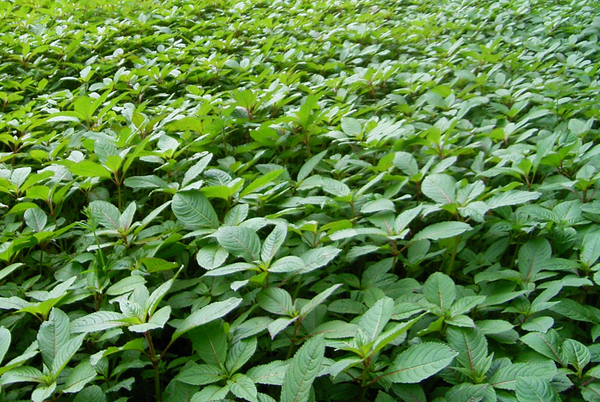Malaria incidence and invasive plants – is there a link?
3.2 billion people are still at risk of getting malaria. Although progress has been made, if we are to achieve a 90% reduction in global malaria incidence and mortality by 2030 we must do more. Controlling invasive species may be part of the solution. The path will not be easy. Mosquitoes are becoming increasingly resistant…
100 invasive weed factsheets and my development bursary
Keen to meet colleagues and external partners in Kenya, and to learn new skills, I applied to CABI’s annual staff Development Bursary in 2015. Successful, I journeyed to Nairobi in February 2016 where I assisted with a workshop focussed on developing factsheets on invasive weed identification, management and control. These factsheets will ultimately help…
New in October 2015 from the ISC
In October 2015 the following datasheets were published on CABI’s Invasive Species Compendium (ISC). You can explore the open-access ISC here: www.cabi.org/isc Rubus niveus (Mysore raspberry) Rubus niveus is an invasive blackberry which is threatening the endemic wildlife of the Galapagos Islands. More specifically, it is a threat to the unusual daisy tree forests (of…
Investigating the impacts of the invasive species Prosopis in Baringo, Kenya
[slideshare id=50591340&doc=woodyweedsbaringofieldvisit-150716111136-lva1-app6892] The Baringo district northwest of Nairobi is one of the regions in Kenya where a number of mesquite species, Prosopis spp., were introduced some 40 years ago as part of poverty alleviation efforts. The trees were intended to provide, among other benefits, additional income. Today Baringo is one of the most heavily invaded…
New in June 2015 from the ISC
It’s been a bumper month for the ISC, with 42 new datasheets published and the total number of full datasheets topping 2000. You can explore the open-access ISC here: www.cabi.org/isc Bothriocephalus acheilognathi (Asian fish tapeworm) – in the past few decades this tapeworm has spread from its native East Asia to all continents except Antarctica, largely…
On the trail of an ancient invasive
‘if men were not employed to prune these trees… they would cover the country, completely invading it.’ Sound familiar? It could be a description of any number of invasive trees, from the trumpet tree (Cecropia peltata) spreading through West Africa to the candlenut tree (Aleurites moluccanus) currently invading Pacific islands. But it’s actually an account…
The impacts of invasive weeds in Chitwan National Park, Nepal
Mikania (Mikania micrantha) is a tropical vine which is native to the Americas. Often referred to as the ‘Mile-a-Minute Weed,’ mikania grows rapidly in areas of high rainfall and has become highly invasive in parts of Asia and the Pacific. Under the Convention on Biological Diversity, invasive species are defined as alien species that threaten…
New Strategy Receives Thumbs Up
This week in Douala, Cameroon, the General Assembly of the African Union’s InterAfrican Phytosanitary Council (IAPSC) gave the thumbs up to IAPSC’s new strategic plan. IAPSC Director Dr Jean Gerard Mezui M’Ella thanked all the organisation’s partners who had assisted in the preparation of the plan, especially FAO’s Regional Office for Africa for funding the…
New in May 2015 from the ISC
In May 2015 the following datasheets were published on CABI’s Invasive Species Compendium (ISC). You can explore the open-access ISC here: www.cabi.org/isc Bubalis bubalis (Asian water buffalo) – domesticated herds of the Asian water buffalo are widely kept across Asia and southern Europe, where they are considered naturalised and not invasive. However, introduced populations in Australia and…
Villagers front-line in the battle against Prosopis in Ethiopia
Paul Rogers, Business Development Manager at CABI, visits Badahamu to understand how invasive weeds affect their livelihoods As we arrived in Badahamu, in eastern Ethiopia, negotiating the by-now familiar thickets of Hara Dergi, “Derg weed” as Prosopis is known in the local Afar language, the impact of last autumn’s floods were painfully apparent. We passed…



